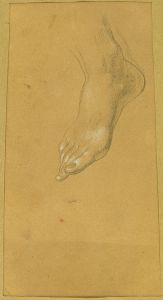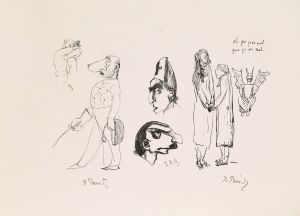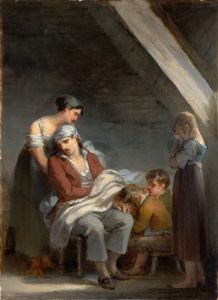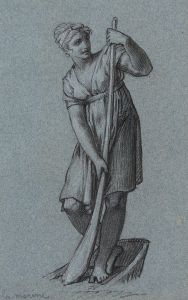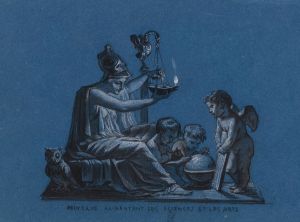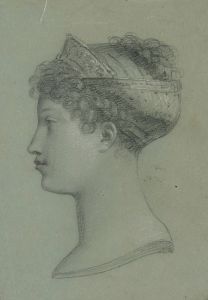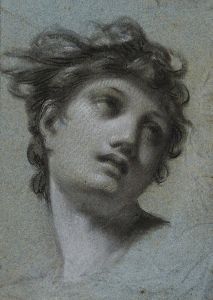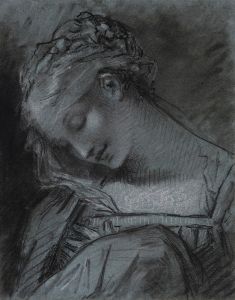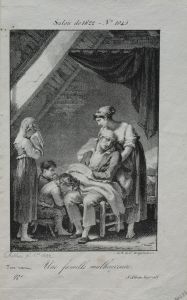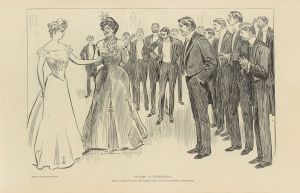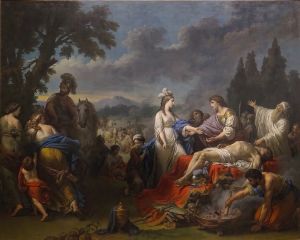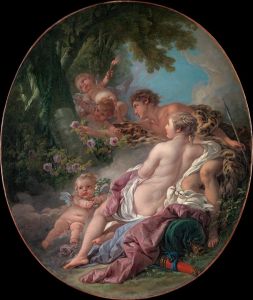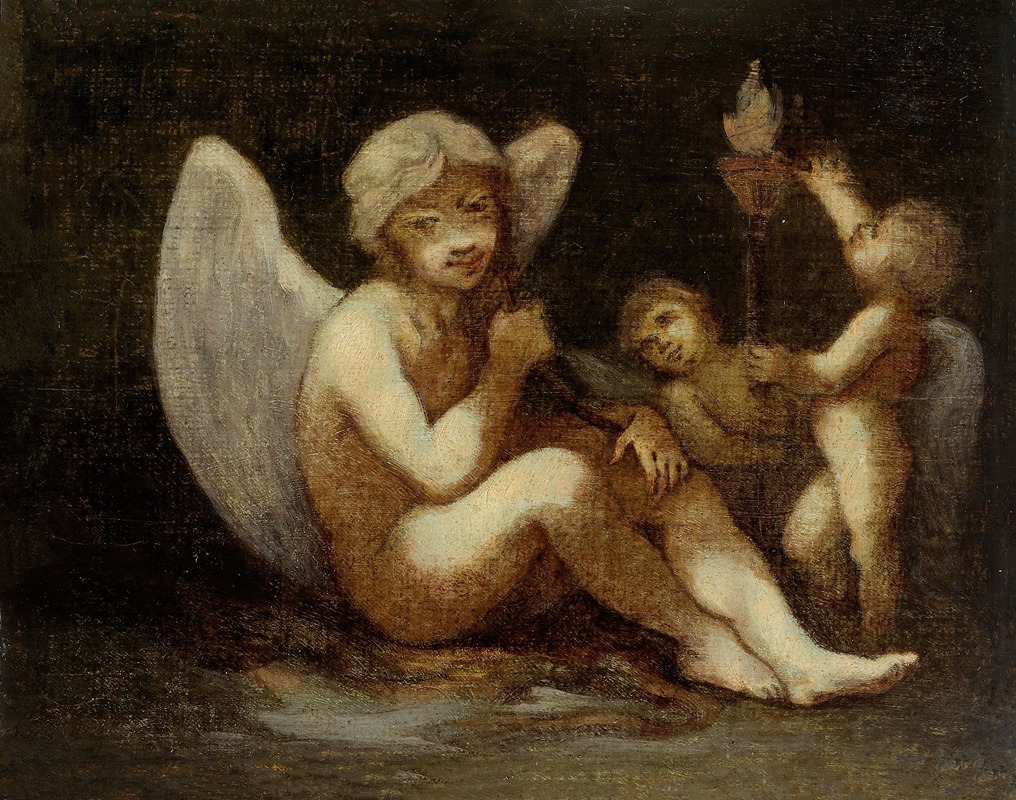
Les Préparatifs de la guerre ou Les Apprêts de l’Amour
A hand-painted replica of Pierre-Paul Prud'hon’s masterpiece Les Préparatifs de la guerre ou Les Apprêts de l’Amour, meticulously crafted by professional artists to capture the true essence of the original. Each piece is created with museum-quality canvas and rare mineral pigments, carefully painted by experienced artists with delicate brushstrokes and rich, layered colors to perfectly recreate the texture of the original artwork. Unlike machine-printed reproductions, this hand-painted version brings the painting to life, infused with the artist’s emotions and skill in every stroke. Whether for personal collection or home decoration, it instantly elevates the artistic atmosphere of any space.
Pierre-Paul Prud'hon was a notable French Romantic painter, renowned for his unique style that blended elements of Neoclassicism and Romanticism. One of his works, "Les Préparatifs de la guerre ou Les Apprêts de l’Amour" (translated as "Preparations for War or The Beginnings of Love"), exemplifies his ability to convey complex themes through allegorical representation and delicate execution.
Prud'hon was born on April 4, 1758, in Cluny, France, and he developed his artistic skills in Dijon before moving to Paris. His career flourished during a time of great political and social upheaval in France, which often influenced the themes of his work. Prud'hon was known for his ability to capture the subtleties of human emotion and the interplay between light and shadow, which added depth and drama to his compositions.
"Les Préparatifs de la guerre ou Les Apprêts de l’Amour" is an intriguing piece that reflects Prud'hon's interest in allegory and the duality of human experience. The painting's title suggests a juxtaposition between the themes of war and love, two powerful and often conflicting forces. This duality is a recurring theme in Prud'hon's work, where he frequently explored the tension between opposing elements.
The painting is characterized by Prud'hon's signature use of soft, diffused lighting and a muted color palette, which lend the scene a dreamlike quality. His figures are often depicted with a sense of grace and elegance, reminiscent of classical sculptures, yet imbued with a Romantic sensibility that emphasizes emotion and individual expression.
Prud'hon's work was highly regarded during his lifetime, and he received numerous commissions from influential patrons, including Napoleon Bonaparte and Empress Joséphine. His ability to navigate the political landscape of his time while maintaining his artistic integrity contributed to his success and enduring legacy.
Despite his achievements, Prud'hon's life was marked by personal struggles, including a tumultuous marriage and periods of financial difficulty. These challenges, however, did not diminish his artistic output, and he continued to produce works that resonated with the cultural and emotional currents of his era.
"Les Préparatifs de la guerre ou Les Apprêts de l’Amour" remains a testament to Prud'hon's skill as a painter and his ability to convey complex themes through his art. The painting invites viewers to reflect on the interplay between love and conflict, a theme that is as relevant today as it was in Prud'hon's time.
Prud'hon's influence extended beyond his own work, as he inspired subsequent generations of artists who admired his ability to blend classical techniques with Romantic ideals. His legacy is preserved in numerous collections, and his works continue to be studied and appreciated for their technical mastery and emotional depth.
In summary, Pierre-Paul Prud'hon's "Les Préparatifs de la guerre ou Les Apprêts de l’Amour" is a compelling example of his artistic vision, showcasing his talent for capturing the complexities of human experience through allegory and nuanced execution.





